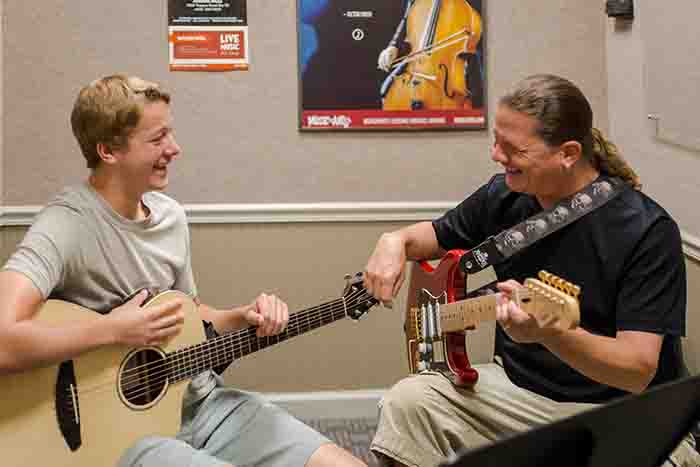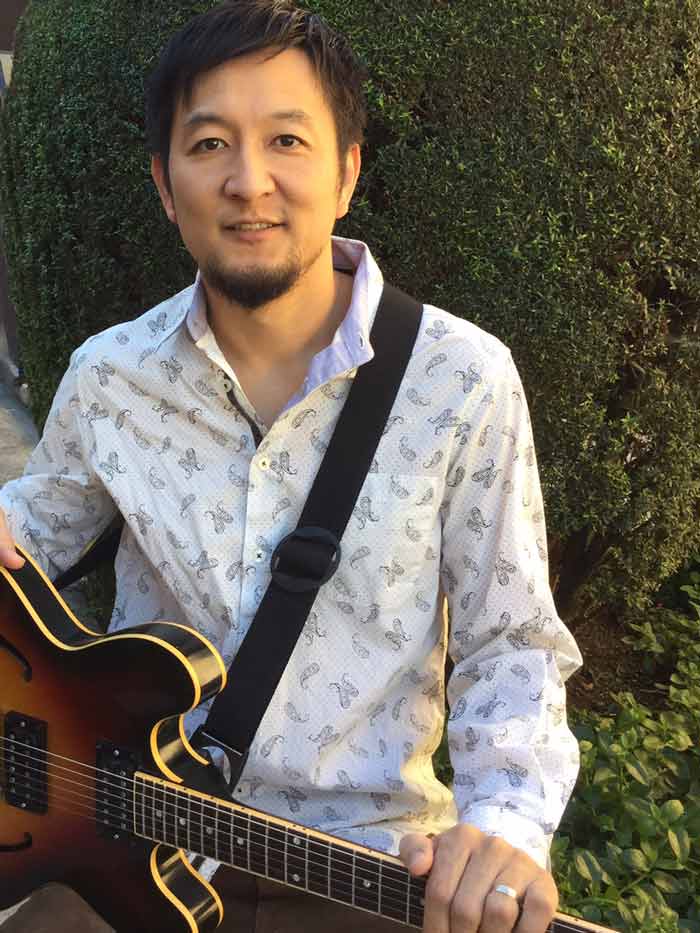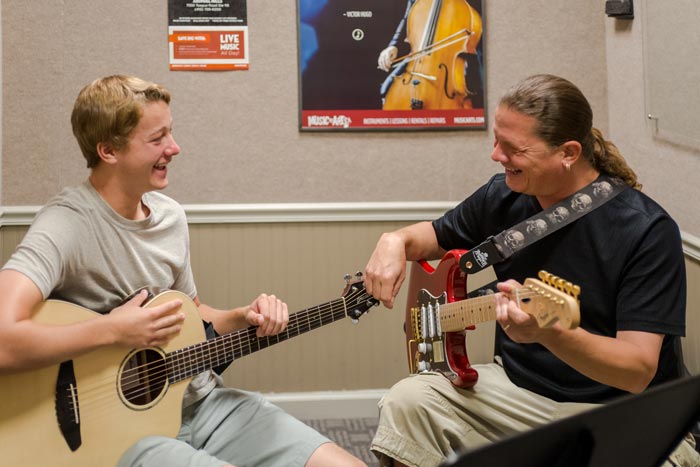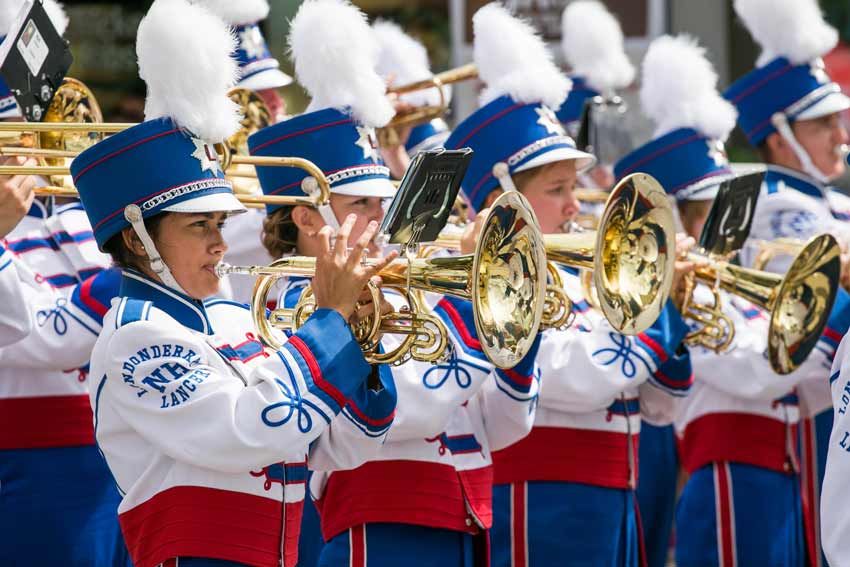May 13, 2015
Why Bringing Digital Tools Into Music Education is Vital in 2019
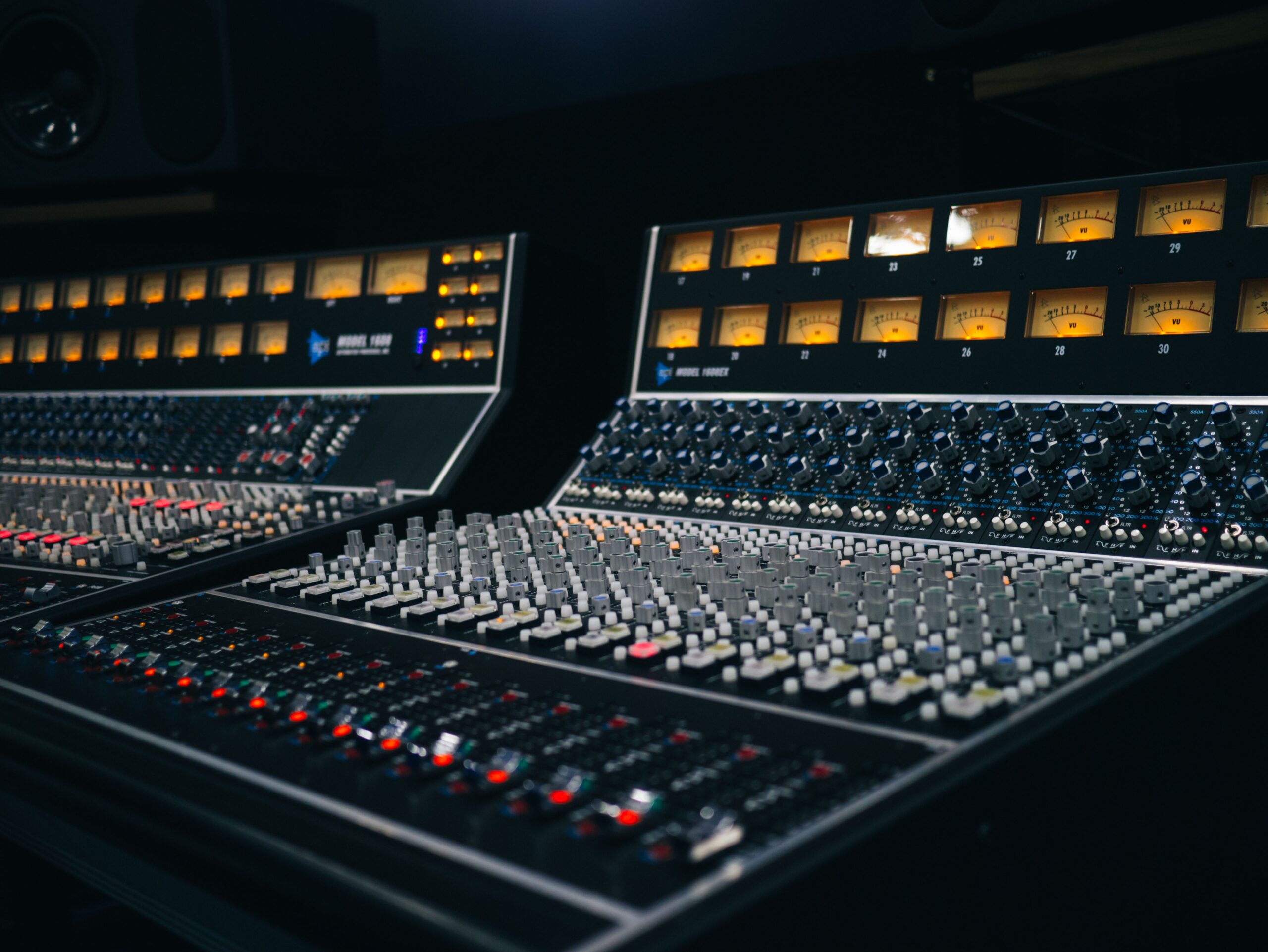

Music has remained one of humanity’s most important and impactful artforms for thousands of years because of its ability to evolve and adapt to the cultures that surround it. But sadly, many traditional music educators hold firm to the belief that music tech like MIDI-generated sounds and composition software distracts their students and provides no educational value. The truth is that music students and educators both suffer when music teachers fail to recognize technology’s vast importance and influence on music in 2019.
How digital tools are transforming music
From an educational standpoint, it’s easy to see why many teachers adopt a purist approach when it comes to music’s relationship with technology. Hearing a written violin part played through MIDI in a software program is a highly diminished experience in comparison to listening to an actual musician perform it. Many digital tools lack the knowledge of instrument-specific boundaries like range, fingering, and transposition, which makes learning music exclusively through digital tools limited and unrealistic.
But as technology continues to transform the world around us, the boundaries that used to determine meaningful music composition, consumption, and creation are beginning to fade. Everything from how music is recorded to the myriad ways composers create is now largely informed by digital tools like software programs, apps, and new tech-integrated instruments.
The hidden cost of dismissing music technology
Dismissing or ignoring tech’s impact on music holds back students and misses the larger point about being able to musically prepare a classroom of kids for the real world. Like it or not, more and more meaningful music engagement and creation is occurring through digital means. When educators embrace a dogmatic tech-negative philosophy regarding music education, they run the risk of damaging their mission as educators by making music look antiquated, irrelevant to younger generations, and only valid when approached through non-digital means. To adapt and effectively educate new generations of students, educators need to embrace music technology in realistic and responsible ways.
The importance of adopting a balanced approach when it comes to technology in music education
Similarly to ignoring technology completely, embracing digital tools too much or in the wrong way can leave your students at a disadvantage. Bringing musical collaboration and exploration to your program through digital tools can deliver huge benefits, but there are significant limitations to consider. No technology is able to replicate the feel and sound of playing a real instrument. Choral directors can use MIDI programs to teach parts to their choirs, but doing so might cause students to become more reliant on their ears than on their developing music-reading skills.
Realistically asking what your class has to lose or gain by incorporating tech into your approach will help you strike a balance. Depending on what an educator teaches and the unique makeup of their classroom, the use of tech will vary quite a bit. For example, an educator teaching music composition is more likely to rely on tech-driven platforms in their work than a trumpet instructor would. But no matter what sort of music you teach, it’s vital to incorporate tech into your instruction in the most beneficial ways possible.
How digital tools can be useful in music education
Digital platforms are particularly useful in helping introduce young students to music theory. New apps and websites are streamlining content for lessons in interval identification, solfege, chord building, and a vast variety of other music subjects. Free streaming platforms like SoundCloud allow educators to record everything from short musical ideas to longer lesson material and upload it to an account for their students access. This allows content to be streamed in the classroom as well as a student’s home. And the growing roster of digital composition tools is becoming more useful for music educators. These include everything from free smartphone apps down to dedicated digital audio workstations (DAWs) like Finale and Sibelius. Even digital tools like Logic now come with notation software aimed at helping producers, songwriters, and students understand music through a theory context.
The influence of new technology on music is inevitable and avoidable, but that’s been the case for as long as humans have been creating instruments and systems to understand and promote the artform. As educators, we can either embrace change in a way that truly benefits our classrooms, or we can ignore it the detriment of our students.




